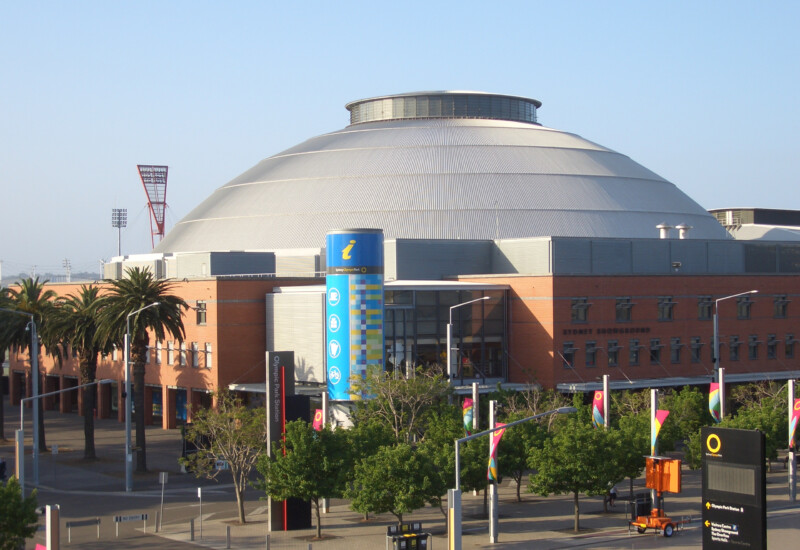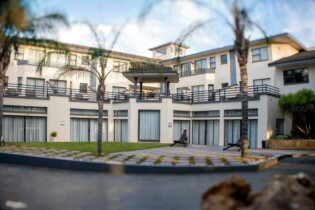The Rand Show, one of South Africa’s most iconic exhibitions, has a rich history dating back to its inception in 1894. Initially established to promote agriculture and industry in Johannesburg, the show has grown into a major event, drawing significant crowds and showcasing a wide array of products and experiences. Over the years, the Rand Show has endured and thrived, even in the face of significant challenges such as global conflicts and pandemics. This year marks the 128th edition of the show, highlighting its enduring legacy and significance in the exhibition industry.
Historically, the Rand Show has attracted hundreds of thousands of visitors and has been a platform for major international brands like Mercedes-Benz and Reebok. It has been graced by prominent figures, including South African presidents and British royalty, underscoring its importance on both a local and international scale. The event has evolved from a 10-day exhibition to a more dynamic, five-day event, accommodating modern trends and consumer preferences.
Adapting to modern challenges
The acquisition of the Rand Show by the GL Events Group in 2019 marked a significant turning point. This transition brought new strategies aimed at revitalising the show and addressing various challenges it faced, including negative brand perceptions, reduced rebooking rates, and the loss of corporate sponsors. A key focus was on enhancing the visitor experience and diversifying the exhibition’s offerings to appeal to a broader audience.
One of the innovative strategies implemented was embracing the show’s location near Johannesburg’s densely populated and economically diverse areas. This approach helped shift the perception of the venue and attracted a more varied visitor demographic. Additionally, the Rand Show has made concerted efforts to support small businesses and emerging artists, providing them with a platform to showcase their products and talents.
Another major initiative was the introduction of the SME Summit, which connects small enterprises with corporate and public sector brands for training and development. This initiative has yielded success stories, such as the growth of Rabbit Licious, a small business that expanded significantly after participating in the show. These efforts have helped transform the Rand Show into a vibrant marketplace that fosters innovation and entrepreneurship.
Strategic planning and execution
Effective strategic planning and execution have been crucial in the Rand Show’s transformation. The exhibition-planning process now spans nine to 12 months, ensuring that every detail is meticulously organised. This includes engaging exhibitors, managing logistics, and ramping up marketing campaigns well in advance. The focus on providing exceptional service to exhibitors during the show has also been a key factor in retaining clients and ensuring the event’s success.
Internally, the implementation of standard operating procedures has improved the quality of outsourced services, ensuring consistency and reliability. The Rand Show has also refined its brand identity by being more selective with partnerships and enhancing its corporate image. This strategic shift has resulted in stronger brand associations and a more positive public perception.
The revitalisation of the Rand Show is a testament to the power of strategic adaptation and innovation in the face of changing market dynamics. By embracing its historic legacy while addressing modern challenges, the Rand Show has successfully transformed into a dynamic and inclusive event. Its commitment to supporting small businesses, engaging diverse audiences, and maintaining high standards of organisation and execution ensures that it remains a cornerstone of South Africa’s exhibition industry. As the Rand Show continues to evolve, it stands as a shining example of resilience and ingenuity in the world of exhibitions.







